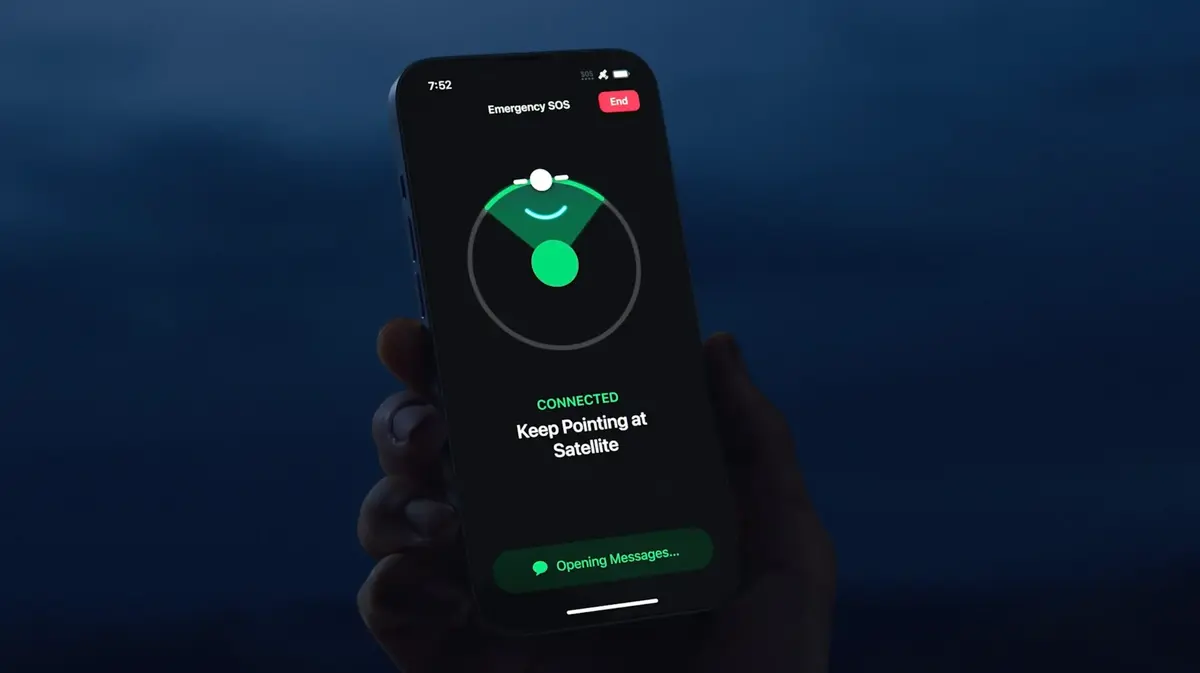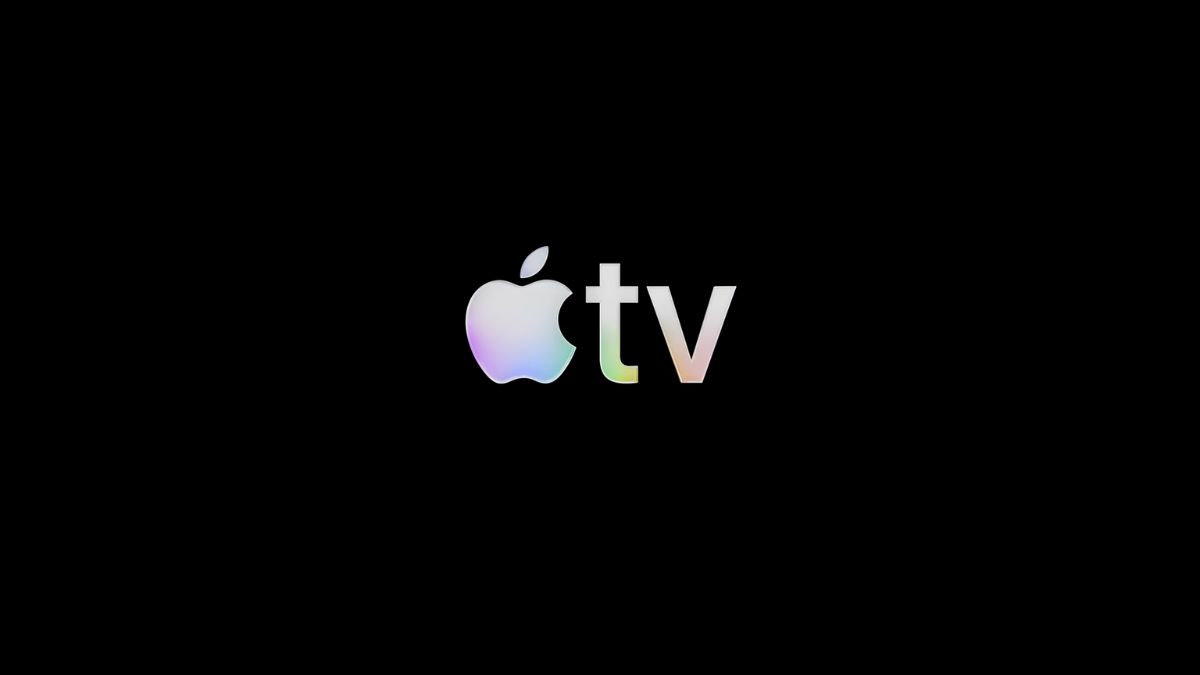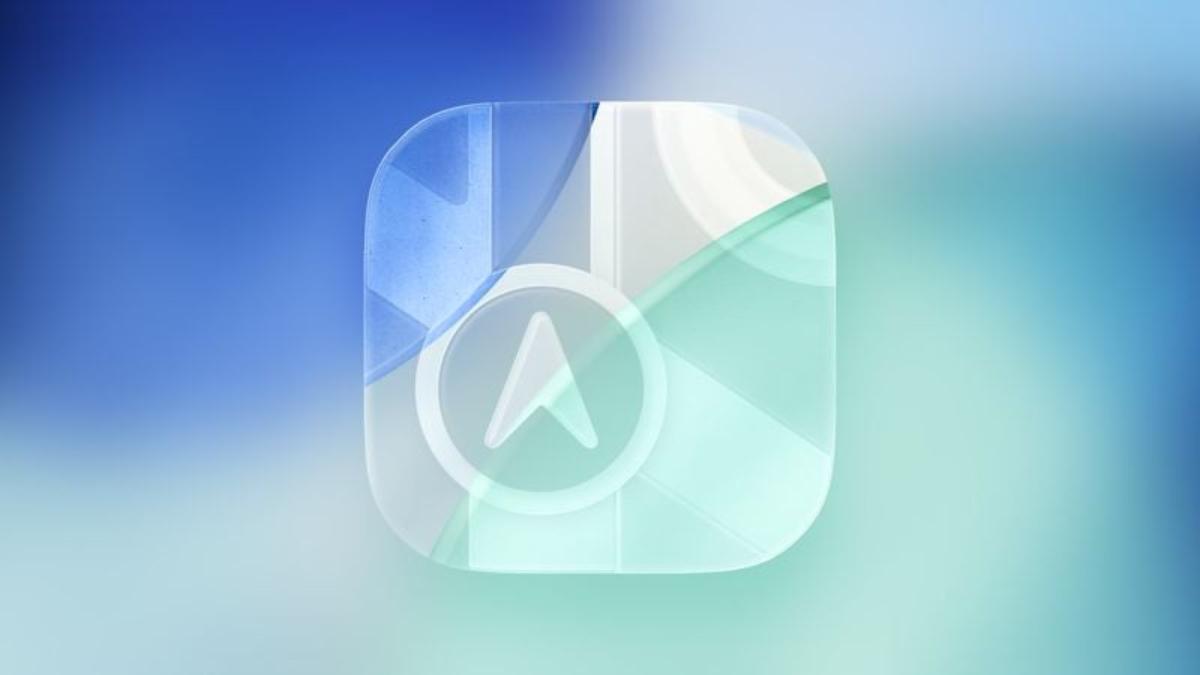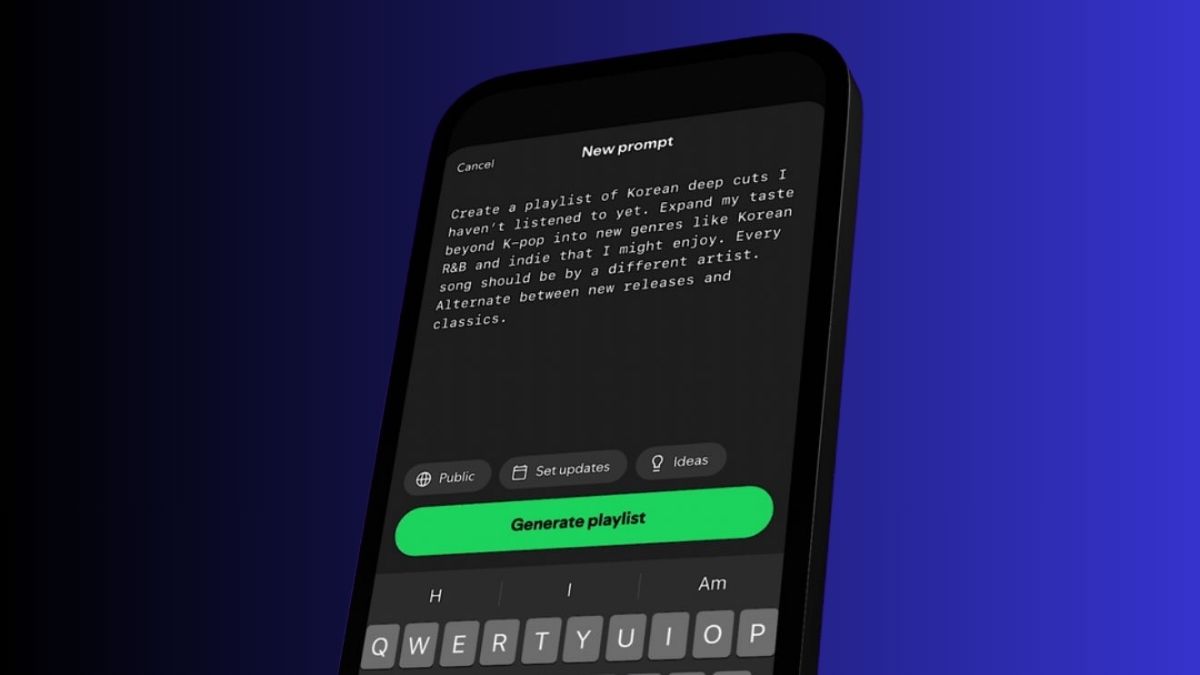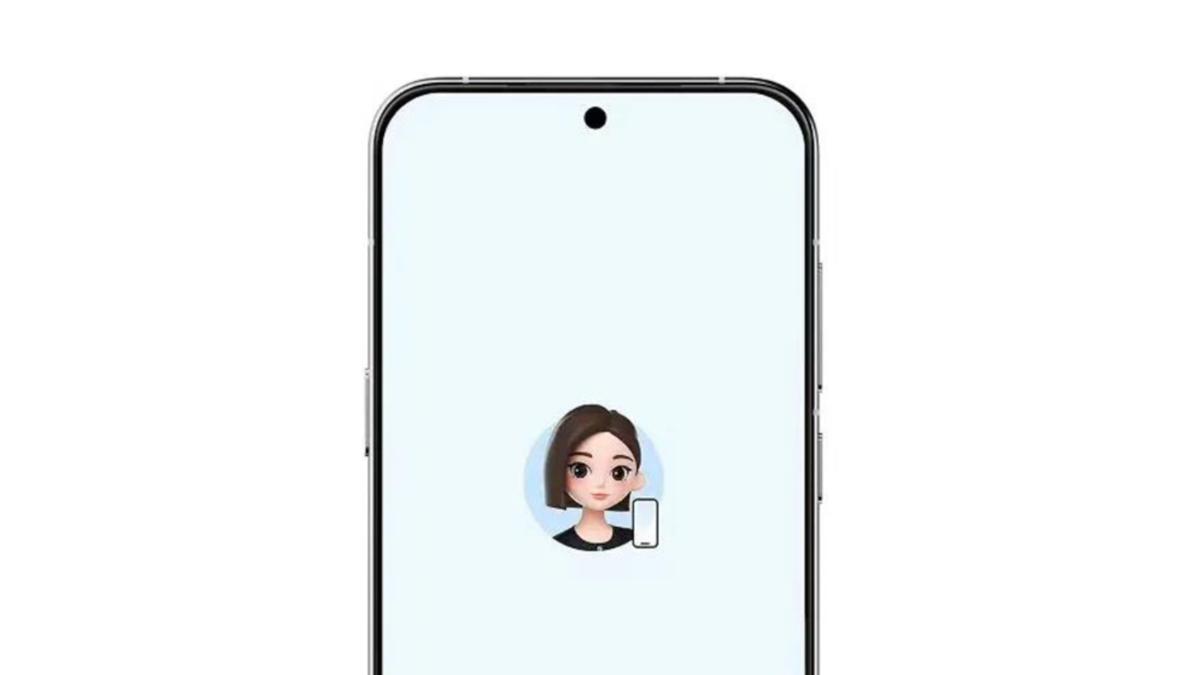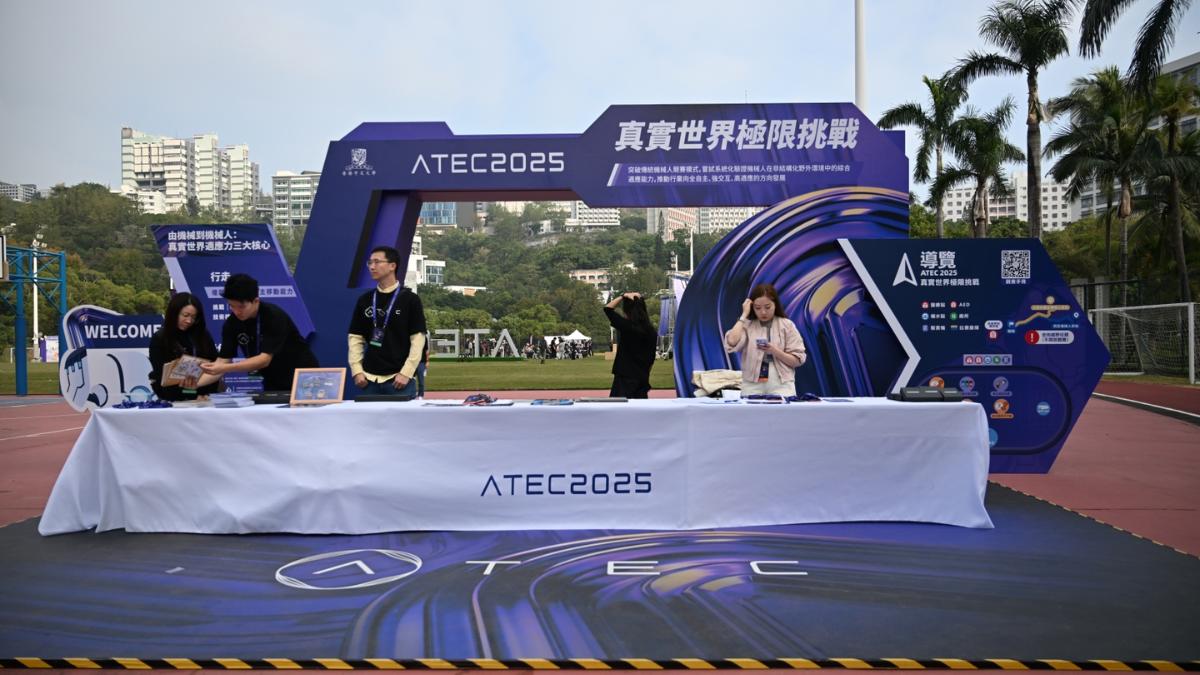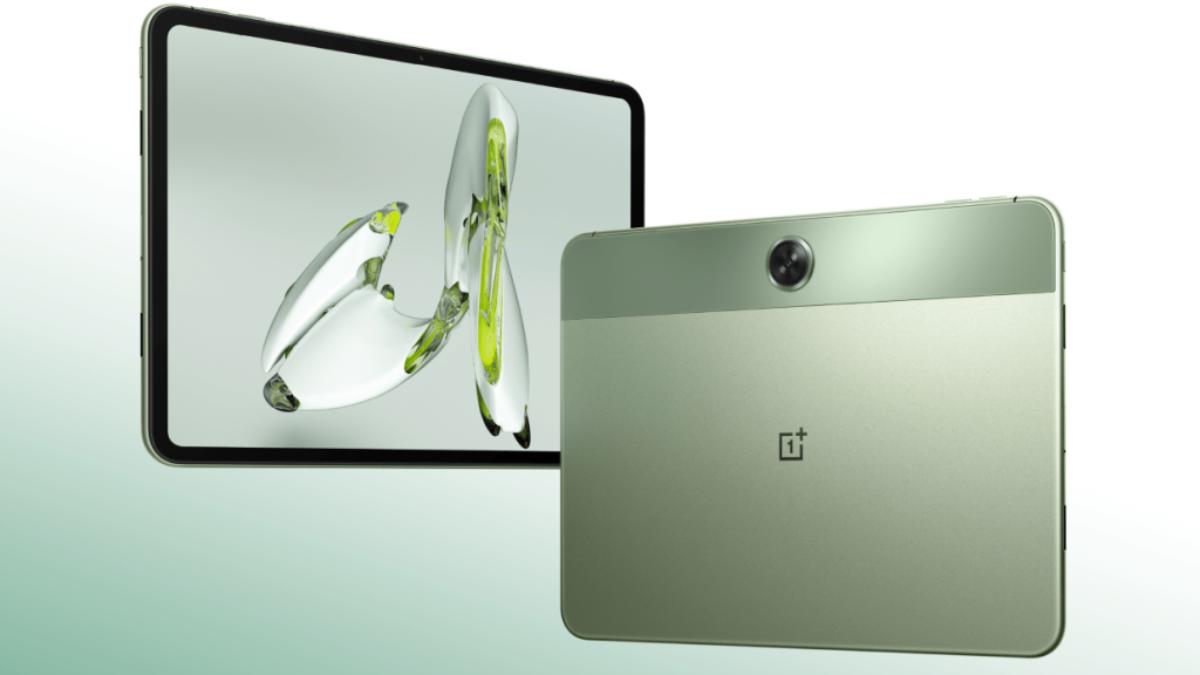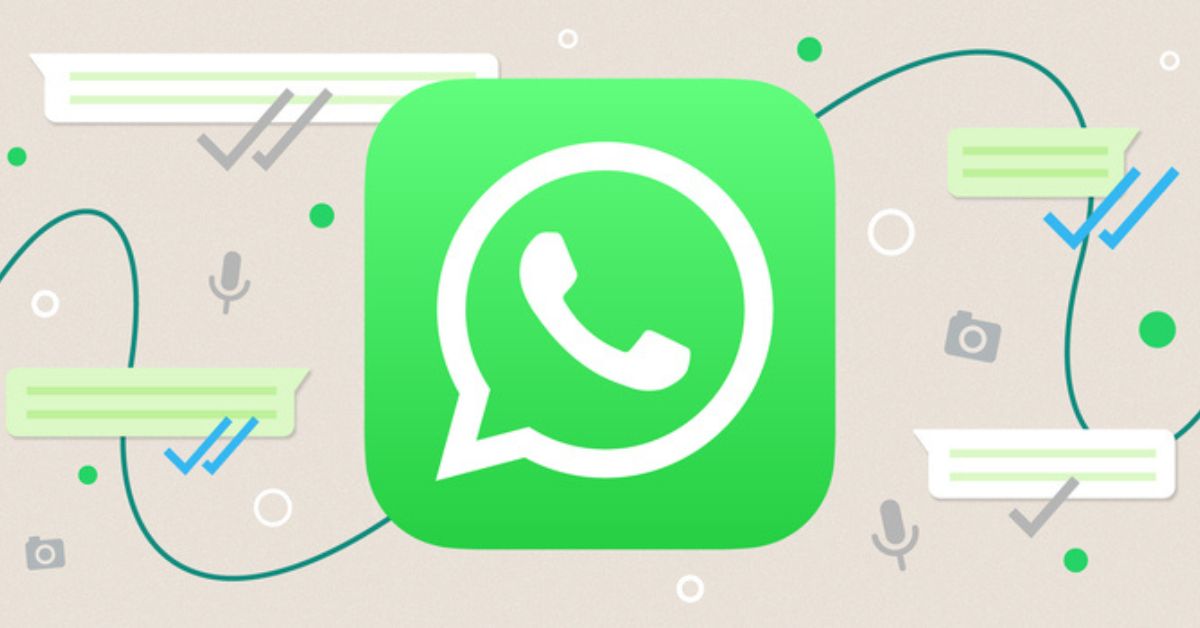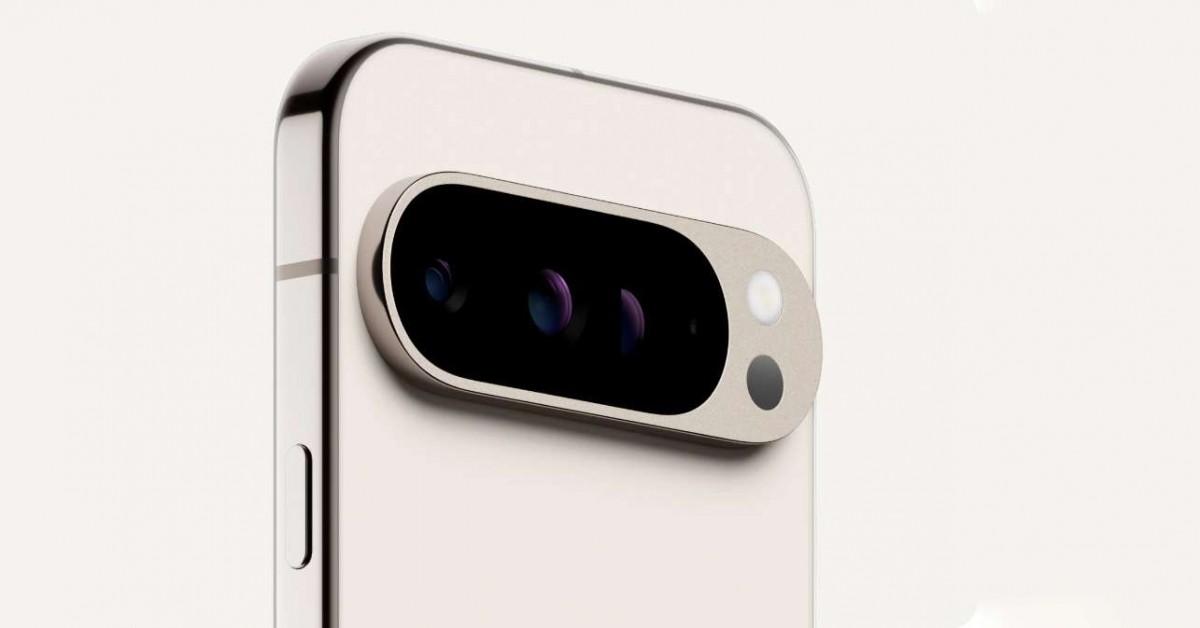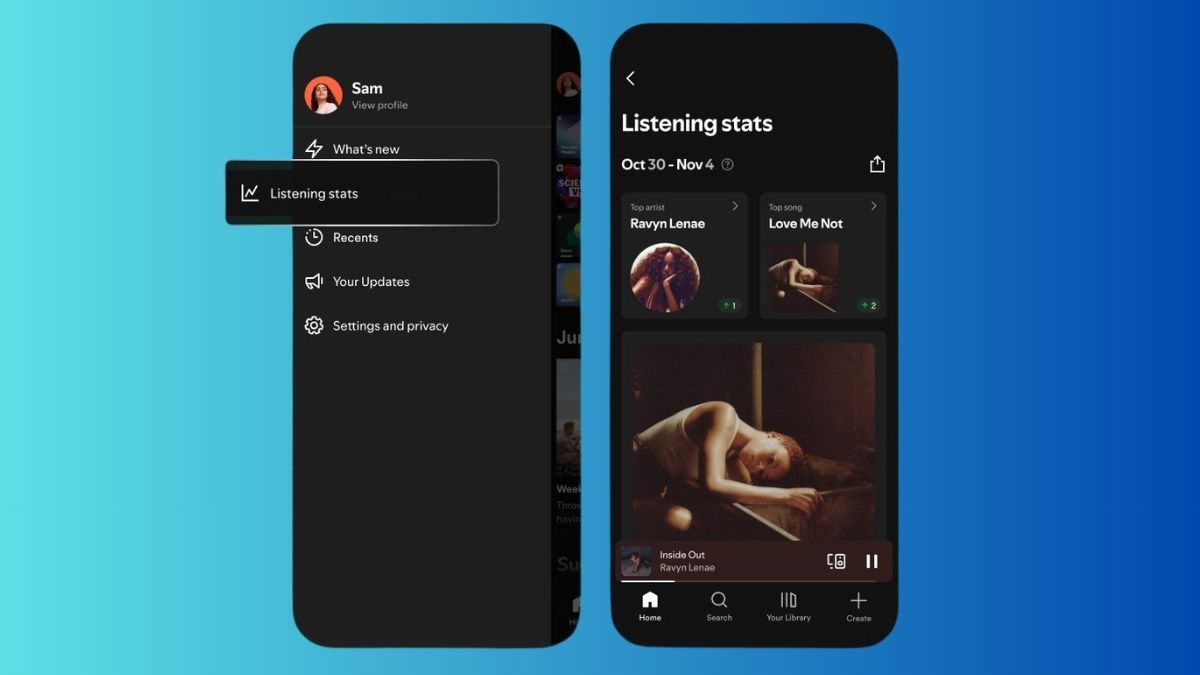A new rumor surrounding Apple’s latest iOS 18.3 update caused quite a stir online, claiming that Apple had partnered with SpaceX to bring Starlink satellite connectivity to iPhones. However, the truth behind the update is far less dramatic.
What’s Really Happening with iOS 18.3?
The excitement stemmed from a misleading interpretation of iOS 18.3’s new features. The update allows iPhones to connect to satellite networks, but this functionality comes from a partnership between T-Mobile and SpaceX, not Apple and SpaceX directly.
T-Mobile has announced that its customers will be able to connect to SpaceX’s Starlink satellites when they’re out of cell signal range. This feature is part of a beta program starting in early 2025.
Apple’s Role in Satellite Connectivity
While iPhones don’t have Starlink integration, Apple’s devices do offer satellite functionality through a separate partnership with Globalstar.
This allows iPhone 14, 15, and 16 users to access Emergency SOS and social texting via satellite when they’re outside of traditional network coverage. This service is still provided through Apple’s own satellite service and is available alongside carrier services.
Carrier Race to Satellite Connectivity
T-Mobile is currently ahead of its competitors in terms of satellite connectivity, while AT&T and Verizon have also partnered with satellite companies like AST SpaceMobile and Skylo to expand their networks. However, the rollout of these services, including the pricing, remains unclear.
This new satellite connectivity trend reflects the growing push by telecom companies to expand coverage beyond traditional mobile networks.
Although Apple isn’t directly involved in a Starlink partnership, the integration of satellite features into iPhones, combined with carrier-backed services, shows how smartphones could soon offer unprecedented connectivity.

